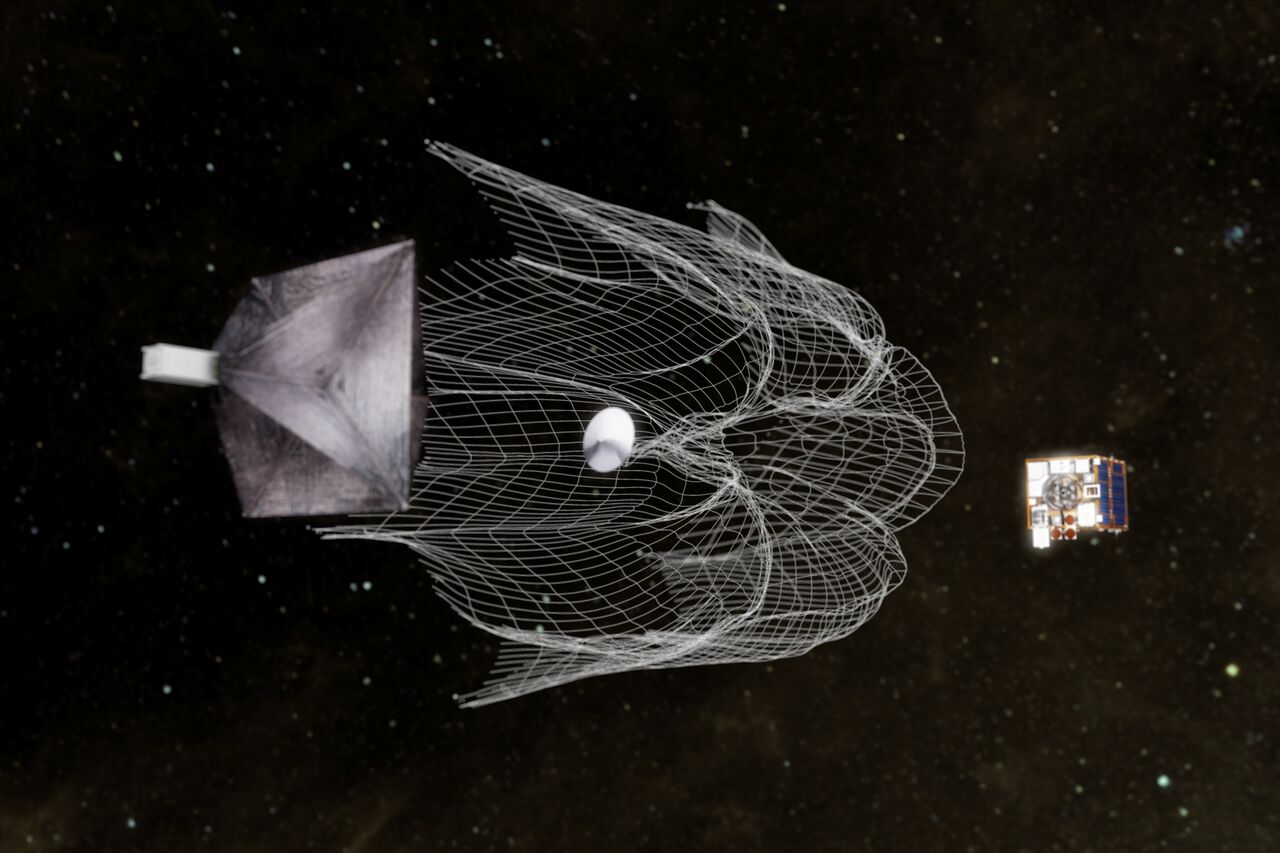Researchers at Stellenbosch University are working with their European counterparts to remove debris in orbit around the earth.
Led by Prof Herman Steyn of the Department of Electrical and Electronic Engineering, the Satellite Research Group and its spin-out company CubeSpace, developed by Innovus, are involved in an European project called RemoveDEBRIS to demonstrate new active debris removal (ADR) technology in space by mid-2017. The project, which started in November 2013, is aimed at capturing debris and deorbiting it back to burn up in the Earth's atmosphere.
The Satellite Research Group and CubeSpace developed and already delivered the flight control system for two nanosatellites (CubeSats), DebrisSAT-1 and DebrisSAT-2, that will act as the debris to be removed from space. A microsatellite called RemoveSAT will release, capture and deorbit these two space debris targets.
Explaining how this will work, Steyn says the first CubeSat (DebrisSAT-1) will be released from the mother microsatellite RemoveSAT to inflate a balloon to provide a larger target area. A net is then ejected from RemoveSAT towards the CubeSat with balloon, once the net hits the target several deployment masses at the end of the net wrap around and entangle the target.
"This experiment will demonstrate net capturing as a future practical method of ADR," says Steyn.
The second CubeSat will be released in a similar manner and will deploy its solar panels and perform a series of manoeuvres directed by the Satellite Research Group's attitude control system as it drifts away from the mother satellite.
"The visual- based navigation experiment (including a camera and laser range finder) will be used to collect data and images of debris which will later be processed on the ground."
Steyn says active debris removal technology is important because "the number and density of damaging space debris such as rocket bodies and satellites orbiting the earth are predicted to rise in the future."
"These act as mass reservoirs holding the potential to release thousands of dangerous new fragments if they are involved in a catastrophic collision with another object. They also have the potential to negatively constrain future space operations."
The RemoveDEBRIS mission can play a vital role in testing new technology to prevent this, says Steyn.
- Photo 1: Space debris orbiting the earth.
- Photo 2: Net capture experiment with DebrisSAT-1.

